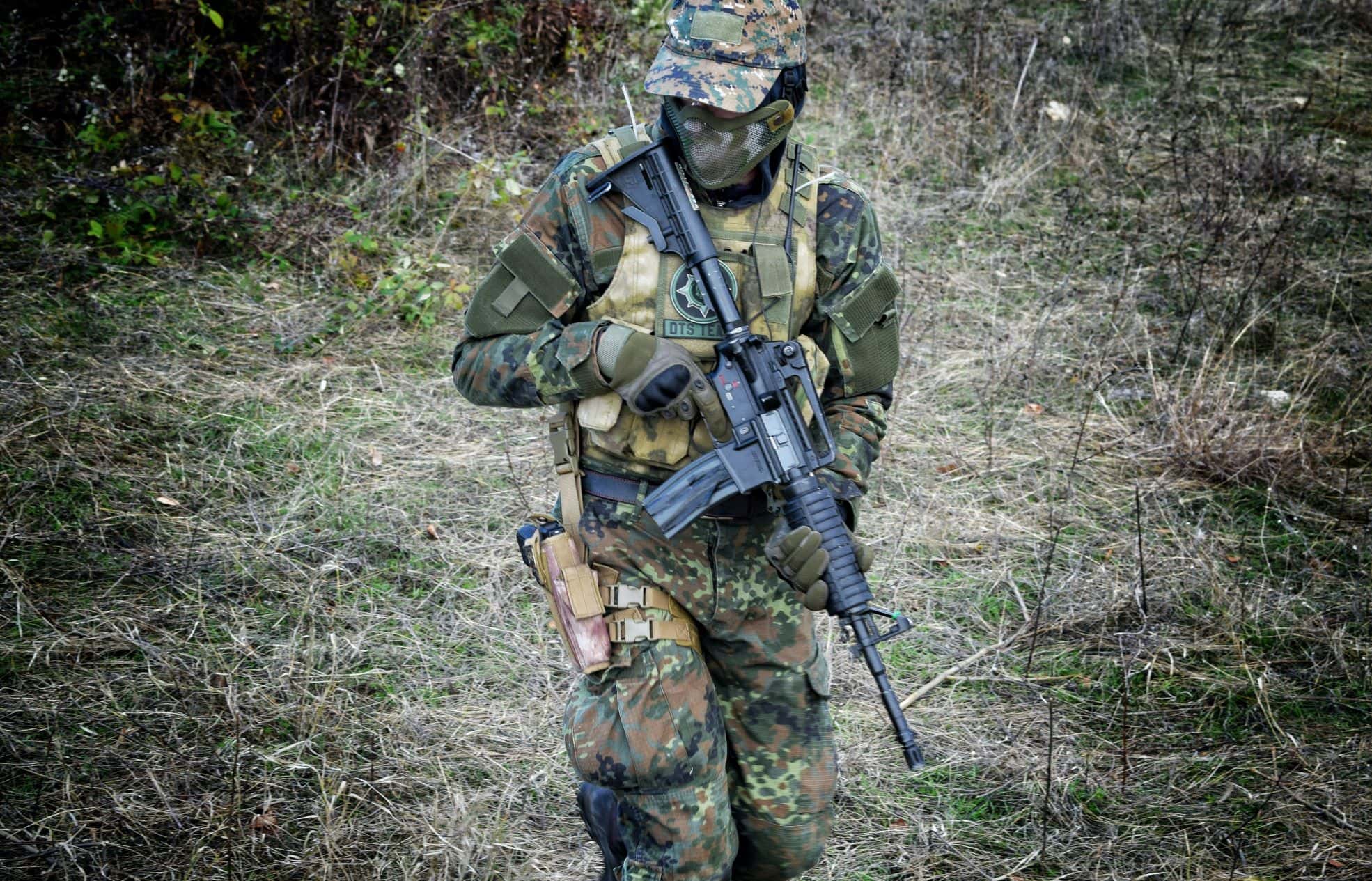Sadly, a bulletproof vest is one of the items in a police officer’s job that they take for granted. The problem with this is that it’s helpful in saving their lives. Yet, many law enforcement agents know little about body armor. We are about to change that. Here are 5 things that you might not know about a bulletproof vest.
- The Plate Carrier Doesn’t Offer Any Kind Of Ballistic Protection
If you are using a plate carrier on your bulletproof vest, you should know that it offers no ballistic protection. No law enforcement officer should wear their carrier as the only protection from bullets. After all, it doesn’t provide any ballistic protection; it’s just like wearing a t-shirt.
- Place The Ballistic Panels In The Right Way
Wearing your ballistic panels the wrong way can affect your speed, comfort, and protection. Ballistic panels have been created to fit into the carrier in a certain way. If the wearer puts them in wrong, it can lead to tragic results. The panel’s strike face is created to slow and disperse the energy of the bullet. The backside of the panel is created to reduce the trauma. If the panel is flipped, there’s no promise of the vest stopping the bullet.
- Bulletproof Vests Are Not Knife Resistant Vests
It is weird how a bulletproof vest can stop a gun but not a blade. Anyways, bulletproof vest wearers need to understand that bulletproof vests are not knife resistant vests. Stab vests are made of another kind of fiber and weave than bulletproof vests.
- Bulletproof Vests Can Keep The Wearer Safe Even In Vehicle Accidents
It is a tradition during the International Association of Chiefs of Police for DuPont to have a ceremony for officers who have been saved by the Kevlar body armor. Numerous officers recognized during this ceremony were saved from the impact of their patrol car’s steering column after an accident, not just from bullets.
- Bulletproof Vests Are Not Body Suits
When a person is being fitted for their vest, they need to take and hold a deep breath. This is the gap wanted between the body and the armor panels. The gap will help in reducing trauma should a bullet be experienced. It also makes it easier for officers to run and fight.
Check out the rest of our blog posts here.
